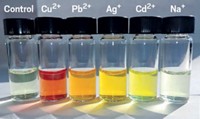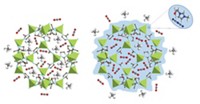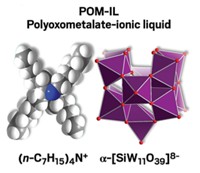Advertisement
Grab your lab coat. Let's get started
Welcome!
Welcome!
Create an account below to get 6 C&EN articles per month, receive newsletters and more - all free.
It seems this is your first time logging in online. Please enter the following information to continue.
As an ACS member you automatically get access to this site. All we need is few more details to create your reading experience.
Not you? Sign in with a different account.
Not you? Sign in with a different account.
ERROR 1
ERROR 1
ERROR 2
ERROR 2
ERROR 2
ERROR 2
ERROR 2
Password and Confirm password must match.
If you have an ACS member number, please enter it here so we can link this account to your membership. (optional)
ERROR 2
ACS values your privacy. By submitting your information, you are gaining access to C&EN and subscribing to our weekly newsletter. We use the information you provide to make your reading experience better, and we will never sell your data to third party members.
Materials
MOFs Sop Up Oil
Fluorinated metal-organic framework materials selectively adsorb hydrocarbons
by Bethany Halford
October 24, 2011
| A version of this story appeared in
Volume 89, Issue 43
Two metal-organic frameworks (MOFs) capable of soaking up n-hexane, cyclohexane, benzene, toluene, and p-xylene could be used to clean up oil spills more efficiently than currently used adsorbents. That’s because, unlike activated carbon, organoclays, or porous zeolites, the new materials don’t adsorb water. Researchers led by Mohammad A. Omary of the University of North Texas developed the frameworks, dubbed fluorous MOFs, or FMOFs, for the fluorine atoms that line their surface and make them hydrophobic (J. Am. Chem. Soc., DOI: 10.1021/ja208408n). The two structures reported by Omary’s team, FMOF-1 and FMOF-2, are made of silver ions and trifluoromethyl-bearing triazolate ligands. Through a combination of hydrophobicity and capillary action, the materials selectively adsorb C6 to C8 hydrocarbons and shun water, making them promising materials for cleaning up spills and storing organics.





Join the conversation
Contact the reporter
Submit a Letter to the Editor for publication
Engage with us on Twitter